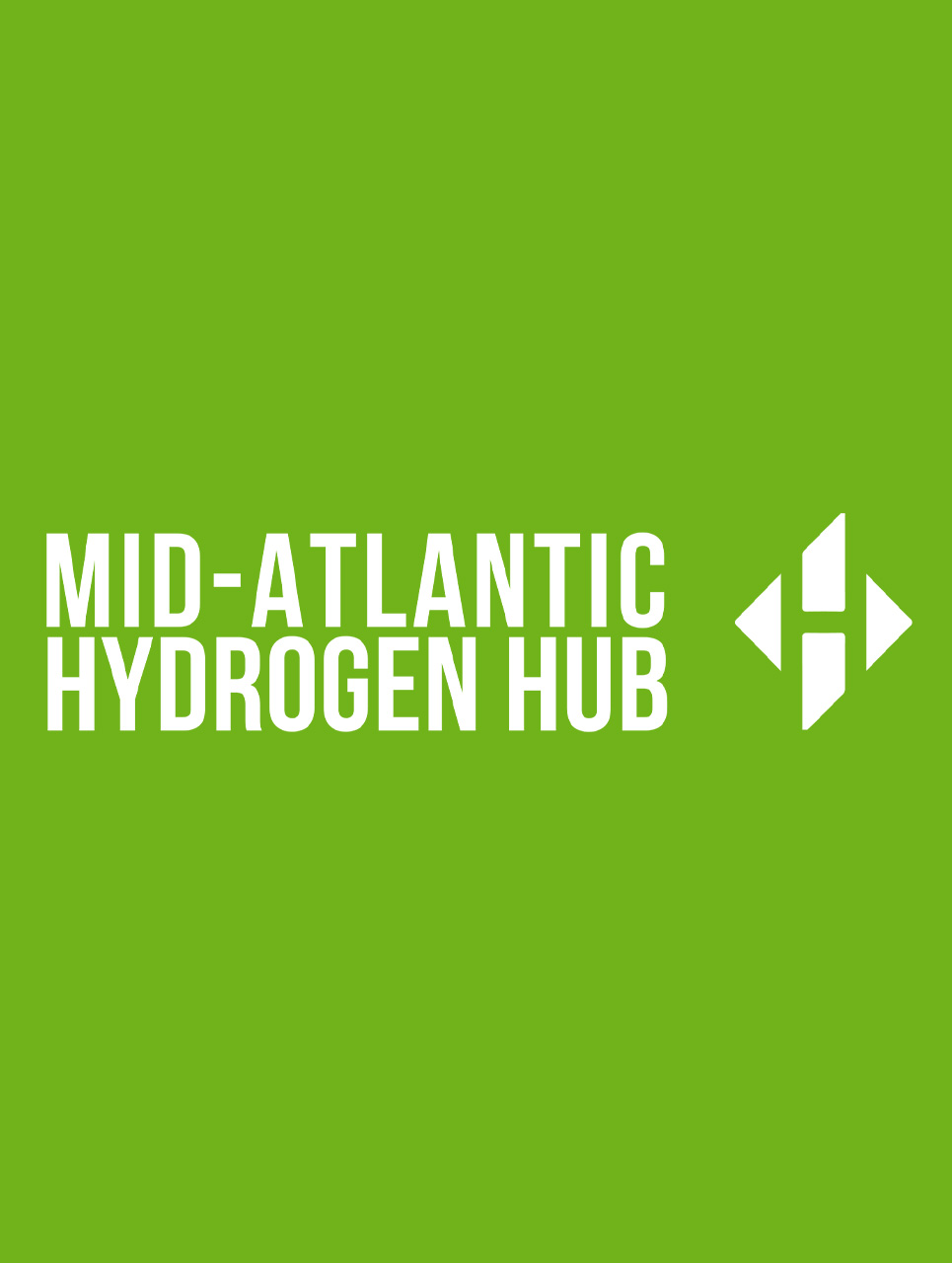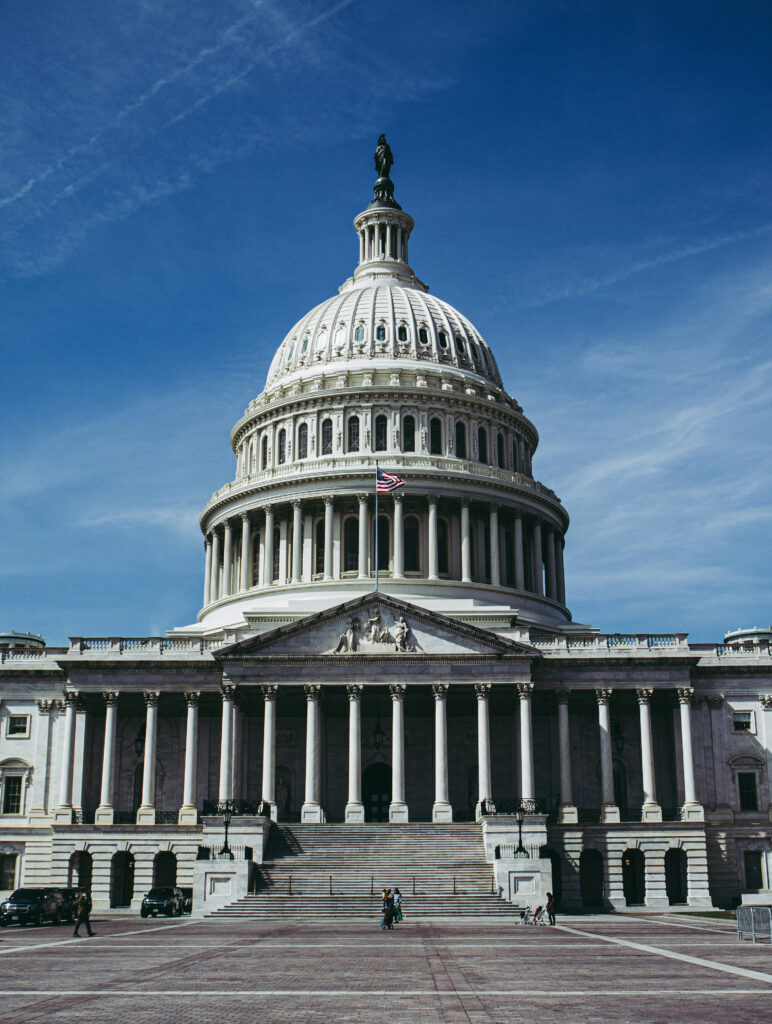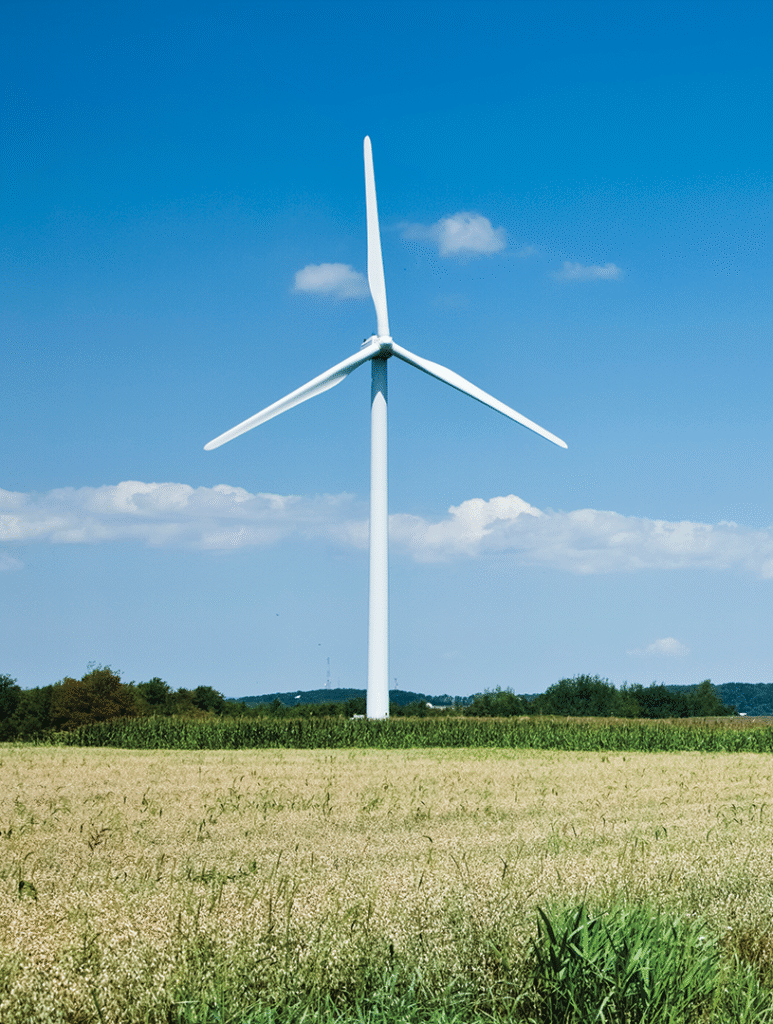On Feb. 21, 32 environmental justice organizations submitted a joint letter protesting the first public meeting on the proposed Mid-Atlantic Hydrogen Hub (MACH2) that is scheduled to take place on March 11. The letter calls for the meeting to be made more accessible to community members who would be affected by MACH2, which is set to transform the Delaware Valley region into a testing ground for the promise of green hydrogen energy.
The letter cites that the meeting is nearly impossible for working people to attend due to the fact that it is scheduled on a weekday during work hours. In addition, organizers have made no accommodations for virtual attendance, leaving out those who cannot travel to attend in person. The letter also criticizes the meeting’s location, pointing out that it is far from where MACH2 infrastructure would be built. On top of this, organizers claim that the meeting’s location at the Steamfitter’s Union Hall is “unacceptable” given that Steamfitters will likely benefit from MACH2’s funding towards union apprenticeships, thus making it a biased location.
Organizers also criticized the overall lack of available public information on MACH2’s components, stating that many who live within MACH2’s footprint are unaware that the project is even in the works.
“We request that you consider our concerns and set a meeting that will maximize, not limit, the people who will be able to take part,” the letter states. “Environmental justice communities that could be impacted, in particular, should be given special consideration in regards to access and information about the MACH2 components that are planned for their communities as their environmental burdens are already too great with respect to established environmental justice laws.”
President Joe Biden announced plans to open MACH2 last October, in which the Delaware Valley — including parts of southeastern Pennsylvania — would become one of seven recipients to share an $8 billion dollar federal investment in hydrogen energy. If MACH2 goes through, it will facilitate the construction of over a dozen sites for hydrogen production, storage and transportation.
However, as Grid has covered, these massive investments in hydrogen energy have been met with much criticism. Although many politicians have publicized hydrogen as a promising new sustainable energy source that will bring in thousands of jobs, environmental advocates remain skeptical.
For one, hydrogen fuel is not an inherently clean energy source because it must be derived from other energy sources. According to the U.S. Department of Energy, 95% of hydrogen is currently derived from natural gas. Advocates are concerned that MACH2 in particular could follow in that same polluting pattern, especially since the Delaware Valley — which is already dominated by the fossil fuels industry — does not boast a large supply of renewable energy to produce hydrogen fuel.
Even if MACH2 were to uphold its promise to be green, hydrogen still holds risks as an extremely volatile source of energy: Hydrogen is prone to leakage, and when these leakages occur, they can contribute a global warming effect as much as 12 times greater than carbon dioxide. The combustion of hydrogen generates nitrogen oxides which pollute nearby areas that are often home to low-income and BIPOC populations that already have a long history of industry-induced pollution. If executed without care and community consideration, MACH2 could join a long list of polluters in marginalized neighborhoods.
“The fact that MACH2 leaders and political leaders don’t actually want to hear from real people confirms our concerns that there is a high human health, community safety, environmental, and quality of life impact for those living in the front line communities that will host the MACH2 pieces,” Maya van Rossum, the Delaware Riverkeeper — one of the letter’s signees — said in a comment accompanying the joint letter’s press release.
The meeting’s hosts — Pennsylvania Governor Josh Shapiro, Senator Bob Casey Jr., and U.S. Representative Mary Gay Scanlon — have not yet responded to requests for comment.









This article contains a couple of serious errors. It is true that refining natural gas to separate hydrogen is not a green process. Production of hydrogen is only green if the water molecule is separated using non-polluting energy sources such as electricity produced by solar or wind. It takes a lot of energy and if not produced cleanly then hydrogen production is not green.
It is not true that hydrogen leakage,:
“can contribute a global warming effect as much as 12 times greater than carbon dioxide. The combustion of hydrogen generates nitrogen oxides…”
Hydrogen is prone to leakage because it is a very small molecule but products exist that can contain it,. When hydrogen is used as a fuel it’s only bi-product is H2O (water). Hydrogen is a very efficient fuel but is is not remarkably more volatile (or more dangerous) than refined oil in the form of gasoline stored in tanks.
Ms Chen, I appreciate the effort to report this important development, however if you check your source I think you will find that you misunderstand the process by which pollution is derived when hydrogen is produced from fossil fuels such as so called natural gas.
These are not errors. The product of hydrogen combustion is indeed steam, but as it burns it heats the ambient air so that nitrogen reacts with oxygen, forming nitrogen oxides. As for its global warming potential, it does all depend on how much leaks. The existence of products to contain it is nice, but in reality they might not be used or used properly. There are plenty of methods and tools to keep methane from leaking from gas infrastructure, but they are not employed consistently by industry. It is appropriate to be skeptical of the potential for hydrogen leaks as well.